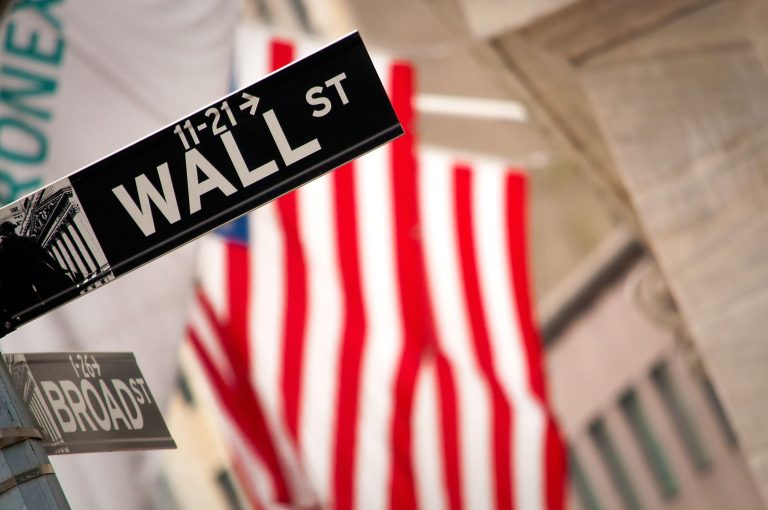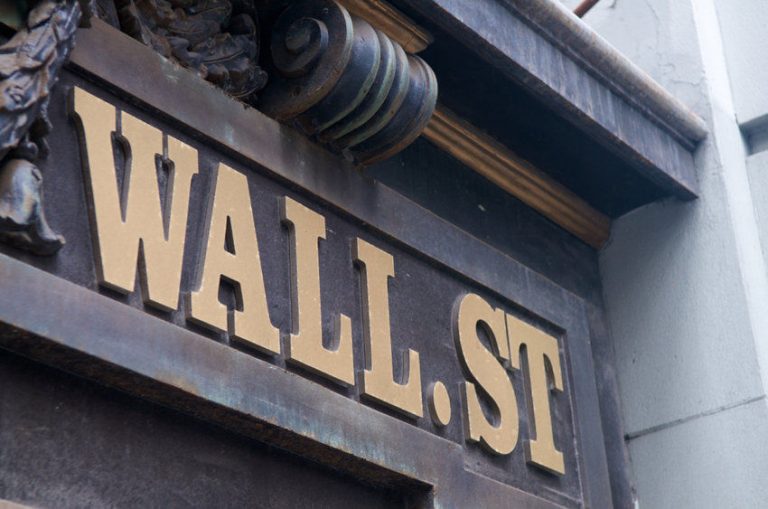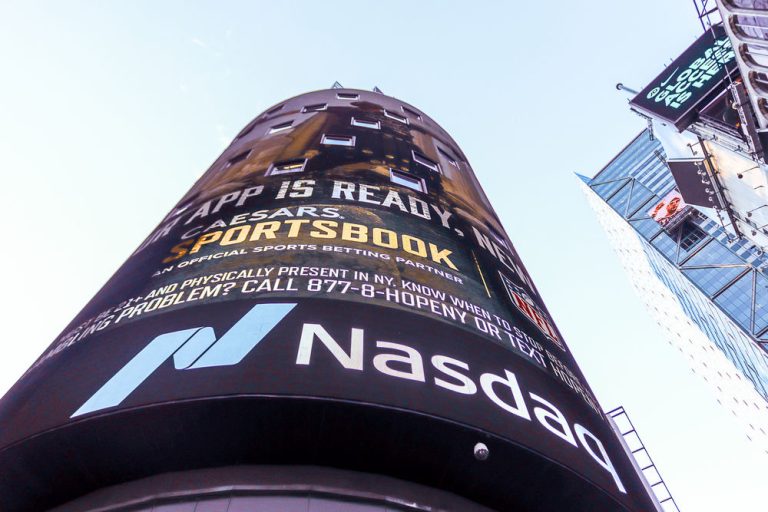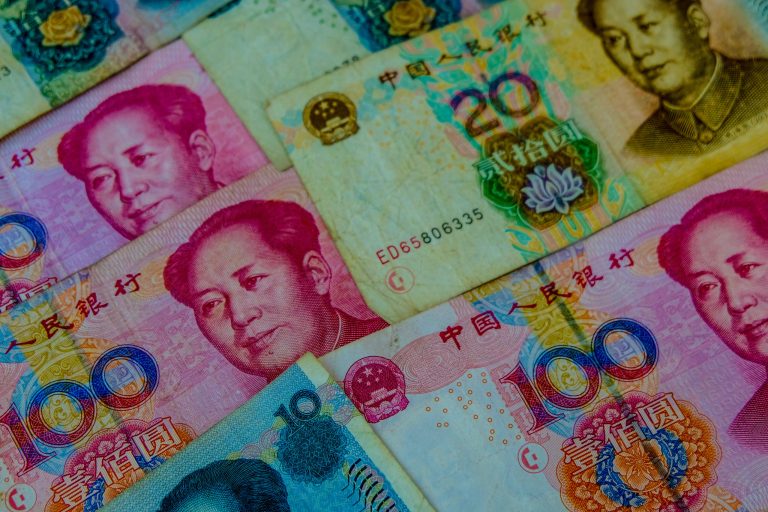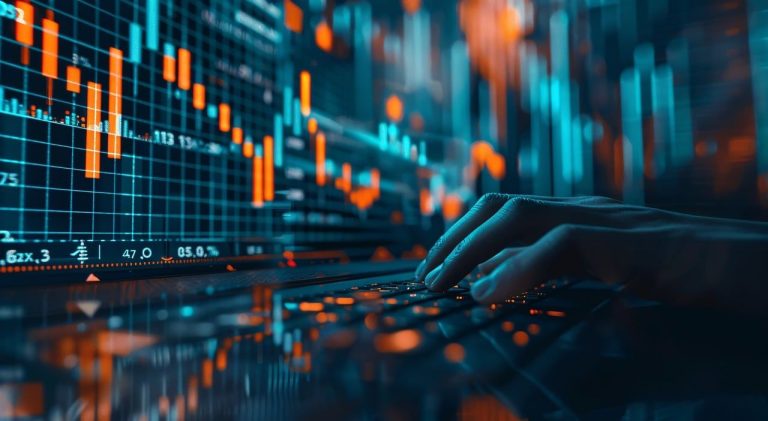As we head ever closer to year-end, it’s time to take an early squint at how markets have behaved in 2024.
US equities have been on an absolute tear. In fairness, the starting point for the latest, and possibly last, leg of the rally was October 2023.
This was when equity prices steadied, and ultimately bottomed, following a difficult summer.
The issue had been interest rates, and more specifically, when they would start to come down.
As is well known, but still worth repeating, the US Federal Reserve had been very slow off the mark to respond to inflationary pressures that built up during the pandemic in 2020 and 2021.
These were obvious to everyone, apart from the Fed, who remained convinced that the jump in inflation was transitory.
Then, Russia invaded Ukraine early in 2022.
The US central bank rushed to catch up with reality, and hiked rates in March – their first rate increase since 2018.
It then carried on a relentless programme of rate hikes, taking the Fed Funds from an upper limit of 0.25% in March 2022 to 5.50% in July 2023.
Now, the S&P 500 peaked at the beginning of 2022 at around 4,800, while the tech-heavy NASDAQ had topped out a month or so earlier.
Over the next ten months, US equities dropped steadily.
In October 2022 the S&P finally found a floor just below 3,500 for a total decline of 28%.
The tech-heavy NASDAQ lost 38% over a similar, but slightly longer, period.
From there, US equities experienced a modest recovery, despite the fact that the Fed was still tightening monetary policy.
The Fed made what proved to be its final rate hike in July 2023.
This was when the nascent stock market rally came to a shuddering halt.
Traders now believed that the Fed was compounding its original mistake of not taking inflation seriously by overcompensating and raising rates too high.
Equities sold off sharply over the next three months.
Once again, they bottomed in October.
This time, the selling stopped as investors began to second-guess the Federal Reserve in forecasting that interest rates had peaked.
Now traders began to speculate when the Fed would start cutting rates.
US stock indices turned sharply higher, and as we got into 2024, markets were pricing in as many as 150 basis points worth of rate cuts in 2024, with the first being in March.
It seems quite bizarre looking back, yet it wasn’t until September, just two months ago, that the Fed finally cut rates.
And, in what looked like a bout of mild panic, or a desperate attempt to overcompensate for any delay, it was a bumper cut of 50 basis points, rather than the 25 basis points widely expected.
Anyway, it helped markets overcome the sell-off that greeted the unruly unwinding over the summer of the yen carry trade.
It also helped lift equities, as did the 25 basis point cut in November.
From the low last October, to the recent high in early December, the S&P 500 has added 48%.
The NASDAQ has gained 52% over the same period.
Thanks to some CPI numbers in December, which, while indicating that the drop in inflation has stalled, were nevertheless in line with expectations, the probability of another 25 basis point cut before the year-end has shot up to 98%.
Will that, along with the likelihood of a couple of cuts next year as well, help to keep the rally going? We’ll find out soon enough.
(David Morrison is a Senior Market Analyst at Trade Nation. Views are his own.)
The post Chugging toward the finish line appeared first on Invezz

